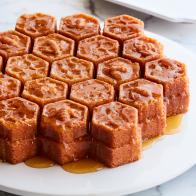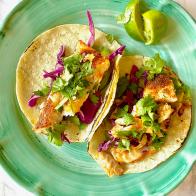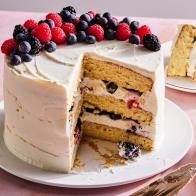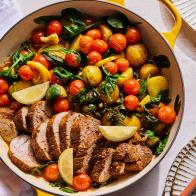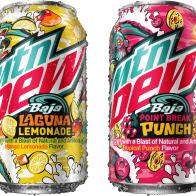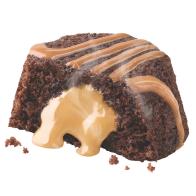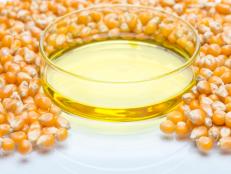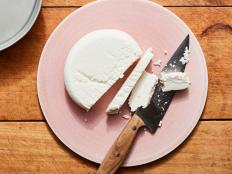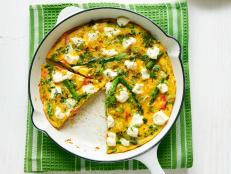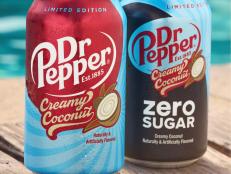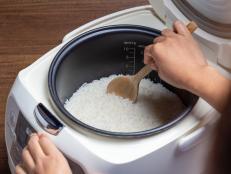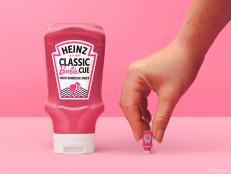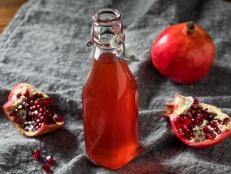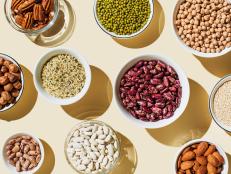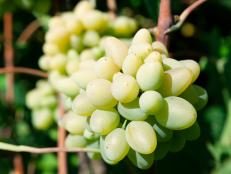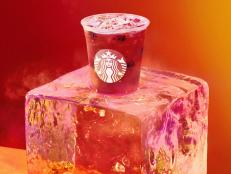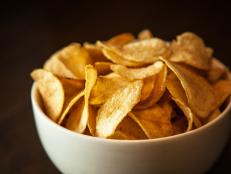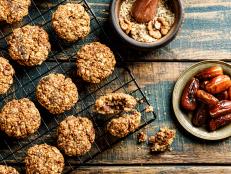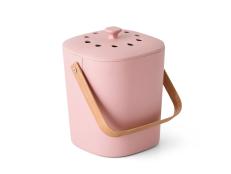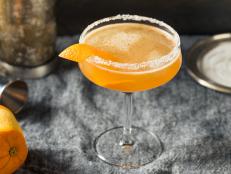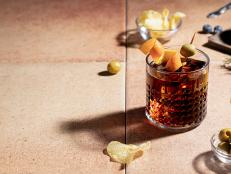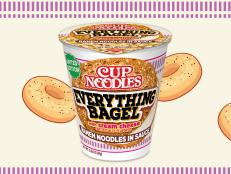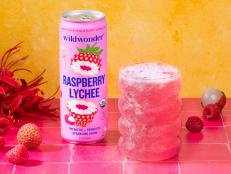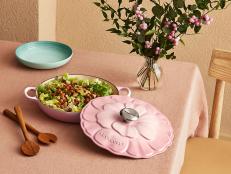What Exactly Is Mead?
Get the buzz on this fermented honey wine.

If the mention of mead conjures up images of Vikings hoisting steins in the mead hall or Hagrid ordering a round at the Three Broomsticks pub in Harry Potter, you're not alone; many of us think of mead as a drink of yesteryear. But while mead's roots are ancient — fermented honey wine is one of the oldest beverages in history — modern mead is much more nuanced. So, raise a glass and say "Wassail!" (that's the mead drinker's "Cheers!") and read on to get the buzz on mead.
What Is Mead?
The short answer: Mead is wine made from honey. But since honey is roughly 80% sugar, it won't ferment on its own, so it's diluted with water and combined with yeast to help it ferment. "It takes anywhere from a couple of weeks to a couple of months to finish fermenting. Some need age, others don't," explains Steve Villers, who along with his wife, Joanne, owns Blacksnake Meadery in Dugspur, Virginia, and The Hive tasting room in Roanoke.
What Does Mead Taste Like?
Because it's made with honey, it's fair to assume that mead tastes sweet. While some meads are indeed sweet, this wine can be made in a variety of flavors and finishes, just like any other craft beverage.
Just as similar grapes grown in different regions take on characteristics of the earth, the flavor of honey is informed by its various nectar sources — flowers, fruit blossoms, herbs — which in turn imparts different qualities to the mead.
How to Drink Mead
Mead is typically enjoyed from a wine glass, either chilled or at room temperature depending on the varietal. Many people mead enjoy after dinner, like a sherry, although it can be mixed in cocktails and enjoyed throughout a meal. It really can be enjoyed any time you’d like an alcoholic beverage.
What Is the ABV of Mead?
Mead ranges from 3% to 20% ABV, depending on the varietal. For perspective, beer ranges from about 4% to 12% ABV (with lagers on the lower end and many IPAs on the higher end); wine is around 10% ABV depending on the varietal and hard alcohol typically ranges from 28% to 60% ABV.
Styles of Mead
There are around 12 different styles of mead, varying in sweetness level, finish and alcohol content. Diane Currier, the owner and mead maker behind Honeygirl Meadery, in Durham, North Carolina, says that within each style there is a lot of range, from bone dry (as in the wine world, "dry" means "not sweet") to sweet. "There's a lot of diversity," agrees Villers. "Ours range in sweetness from dry to fairly sweet, so we adjust the sweetness by diluting the honey more for dry mead, or less for sweet mead."
There's usually a correlating reference point for whatever your usual beverage of choice is, and mead makers, aka mazers, believe there's a mead for everyone. (Many meaderies have taprooms where you can sample a flight or have a mazer walk you through a tasting.) Besides traditional, semisweet mead, here's a primer on other common styles you can expect to encounter on your mead-tasting journey.
Mead made with herbs and spices are called metheglins. Ivar Schloz, who owns Bee & Bramble in Fairview, North Carolina, makes a full-bodied one with local ginger, lemongrass and orange zest that boasts plenty of aroma, tartness and zing. (Calling all riesling and pinot grigio fans!) Honeygirl's hibiscus-lemon-thyme metheglin is dry but comes across as a lighter-bodied white wine with a honeyed finish.
Melomels are meads brewed with fruit; depending on the kinds of fruit and the fermentation process used, some are fruitier than others, and they can be sweet or dry. If you're typically a red wine drinker, Currier advises opting for a mead brewed with dark berries, which can take on similar tannic qualities.
Cysers are meads made with apples, so they're a natural entry point for cider drinkers. (Note: These are typically cloudier in appearance than other styles.) Currier has recently started making session meads, which are another natural bridge for cider drinkers, since they have a lower level of alcohol (7% or less) and they're almost always carbonated.
If beer is usually your thing, try a braggot, a mead made with malted grains and often hops, too. Blacksnake makes one in which the honey is boiled with local hops, imparting a touch of bitterness akin to that of a pale ale.
A bochet-style mead is one crafted with caramelized honey, which can add complexity to sweet meads. Some mead makers heat the honey almost to the point of being burnt, which imparts a toasted-marshmallow flavor. Villers doesn't take his amber-hued bochet quite that far, but it still boasts plenty of caramel notes and an almost sherrylike quality, making it ideal for sipping in place of port (great as a nightcap).
What Is the History of Mead?
One of the oldest beverages, Mead dates back to China to the 7th millennium BCE and there are records of people drinking the sparkling table wine in Europe in the Middle Ages. It phased out of popularity when cane sugar started being imported into Europe and there was less of a need for bees, and made a comeback in the 1990s and 2000s alongside the craft beer movement
What Should You Pair with Mead?
Currier says that mead and cheese are a natural match and a great place to start if you're looking to experiment with mead pairings. "We have acidity, sweetness and balance in a glass; that can be complemented by the creaminess or sharpness of cheeses," she says. A cyser, for example, with its natural apple notes, would pair nicely with an assertive blue cheese.
While mead is great sipped on its own, it can also easily step into a cocktail, filling roles usually played by other ingredients. "If it's a fruit-based mead, it can be fruit juice. If it's a semisweet traditional mead, it could be simple syrup. If it's a metheglin, it can be the herb and syrup in one," Currier says. In the All You Mead Is Love cocktail, featured in Chrissie Manion Zaerpoor's book The Art of Mead Tasting and Food Pairing, Honeygirl's hibiscus-lemon-thyme mead mingles with gin, hibiscus tea and rosemary simple syrup to refreshing, botanical effect.
You can also cook with mead; try using it in place of wine as a deglazing agent to make pan sauces, as with this orange mead sauce, which accompanies pan-roasted duck.
Related Stories:
